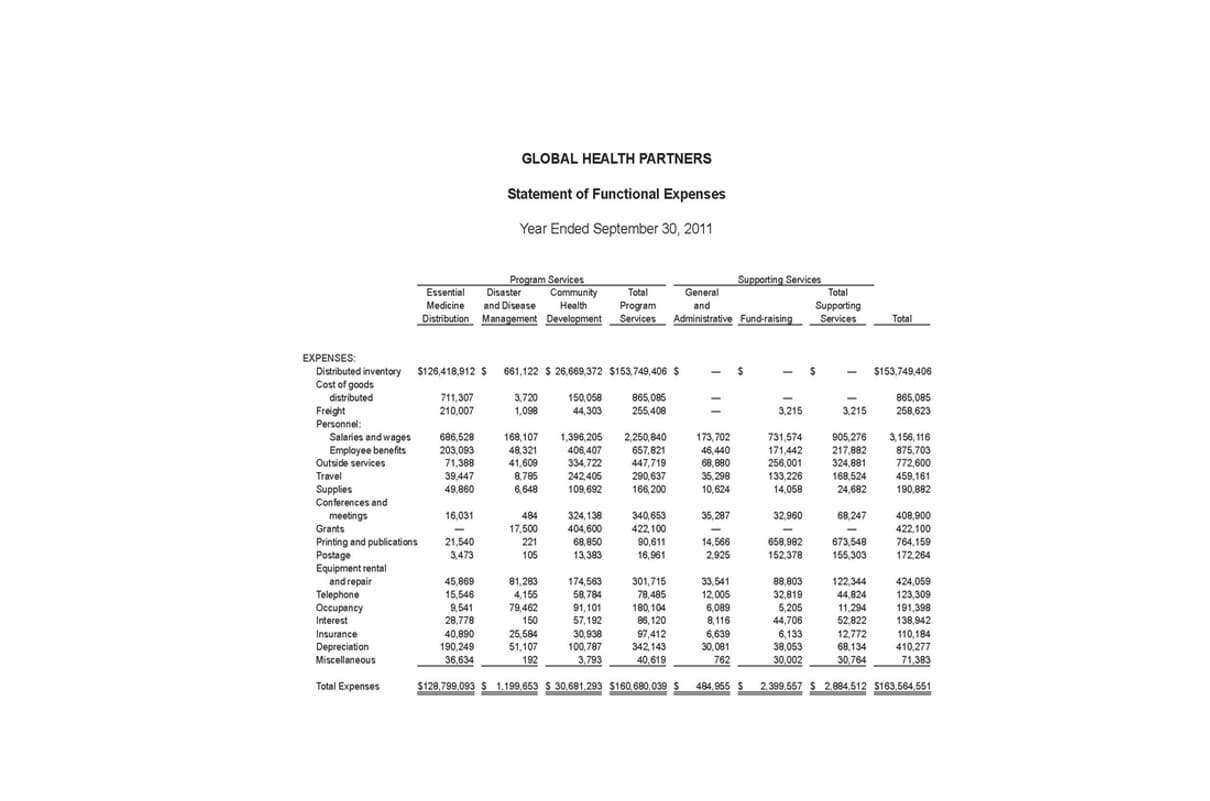Trial Balance in Accounting: Definition, Types, & Examples

The balance sheet is another key statement that is derived from the trial balance. The asset, liability, and equity accounts from the trial balance are used to construct a balance sheet. This statement portrays a snapshot of the company’s financial position at the end of a specific period.

In conclusion, while one cannot completely circumvent the possibility of errors, the key to an accurate trial balance lies in a rounded approach. This encompasses the utilization of technological aids, accurate record keeping, and regular auditing. While maintaining the accuracy of a trial balance might seem arduous, the impact of its accuracy on the credibility of an organization’s financial condition cannot be understated.
Operating Income: Understanding its Significance in Business Finance
Internal accountants, on the other hand, tend to look at global trends of each account. For instance, they might notice that accounts receivable increased drastically over the year and look into the details to see why. Bookkeepers and accountants or small business owners use different types of trial balance, depending on the stage of the accounting cycle close. Some small businesses less efficiently use Google Sheets or Excel worksheets or templates for preparing their trial balance documents. The adjusted trial balance is what you get when you take all of the adjusting entries from the previous step and apply them to the unadjusted trial balance.
The result is a report that shows the total debit or credit balance for each account, where the grand total of the debits and credits stated in the report sum to zero. A trial balance is prepared to check the accuracy of accounting records, ensure that total debits equal total credits, and provide a foundation for the preparation of financial statements. It is a crucial step in the accounting cycle as it helps to identify any mathematical errors that have occurred in the double-entry accounting system. If the total debits equal the total credits, the trial balance is considered to be balanced, and the company can proceed to generate its financial statements. However, if there is a discrepancy, the accountants must find and correct the error before producing the financial statements.
Resources for Your Growing Business
Double-entry accounting (or double-entry bookkeeping) tracks where your money comes from and where it’s going. Expenses represent outflows or reduction of economic benefits during a specific period. Like income, expenses also include payables and accrued expenditure – costs incurred but not yet paid.
It’s important to run a trial balance report and check it during the testing process of migrating from an existing accounting system to a new system that will replace it or add new functionality. The business needs to ensure that all accounts are mapped and included and will be posted to the general ledger. The trial balance is a list of all your business’ ledger accounts, and how much each of those accounts changed over a particular period of time. You may have also heard it referred to as a trial balance sheet as it should be one worksheet summarizing all of your activity for a certain period in time. This balance is transferred to the Cash account in the debit column on the unadjusted trial balance.
Challenges in Preparing Trial Balance
While the trial balance is a useful tool in the accounting process, it has its limitations. The main limitation is that a balanced trial balance does not guarantee that there are no errors in the underlying accounting records. Financial reports show a business’s financial position, performance, and cash flow for a specific period. Financial when is a trial balance usually prepared reports use businesses to make decisions about operations, investments, credit columns, and other financial matters. For any business, the cost reconciliation process is essential to maintaining a successful job. An unadjusted trial balance contains all ledger accounts that have not been adjusted for the current accounting interval.

Income represents the inflow of economic benefits (i.e., revenues or gains) generated from the operating activities of a company. It’s important to remember that income doesn’t necessarily mean cash received. It encompasses receivables and accrued income, which represent revenues earned but not yet received. Liabilities, on the other hand, represent the company’s debts or obligations. They can arise from operational activities, like accounts payable, where the company owes its suppliers for goods and services received.
